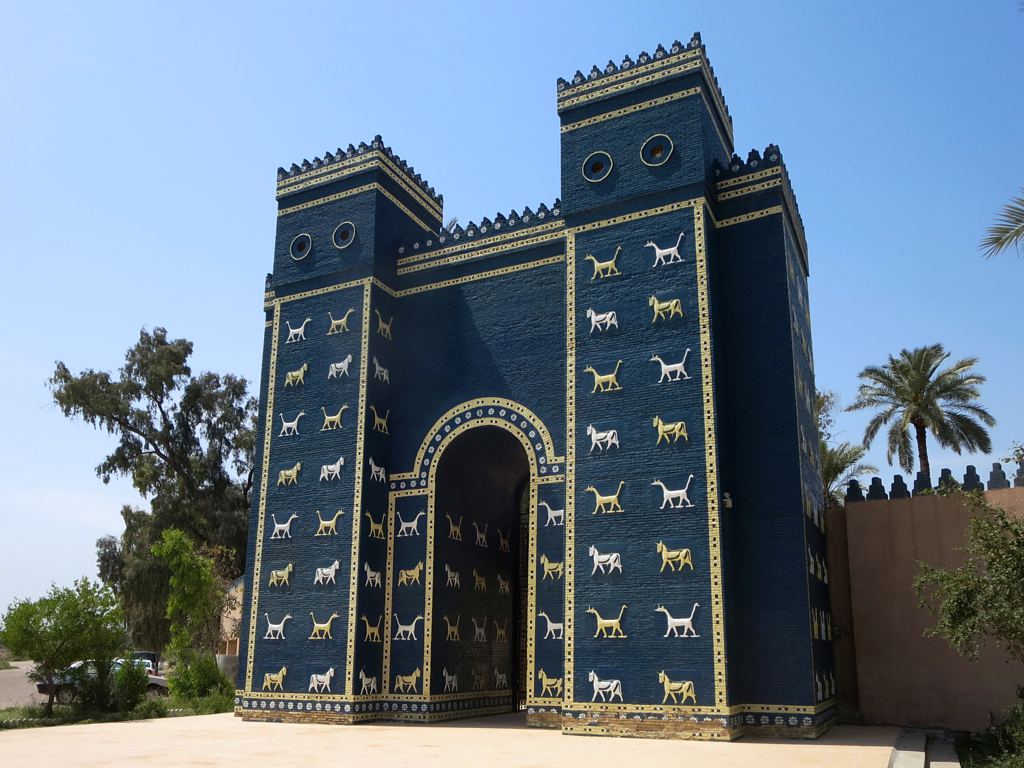|
1916 Uprising In Hilla
The 1916 uprising in Hilla or the Akif incident was an Arab uprising against the Ottoman Empire in 1916. Background The Ottoman defeat in the Battle of Shaiba in April 1915 had damaged the authority of the Ottomans in the eyes of the Arabs, leading to an uprising in Najaf in May 1915. Following their victory, emissaries from Najaf began encouraging an uprising in Hilla. Uprising The uprising in Hilla took place in November 1916. The Ottomans put up a desperate fight in the city but found themselves outnumbered by waves of Bedouin and deserters. After the rebels captured the city, the Ottomans sent a punitive force of 4,000-6,000 troops under ‘Ākif Beg. On the 11th, Ākif wrote a letter to Hillah, claiming that he needed to cross the city to get to Nasiriyah. He asked to meet the prominent people of the city to negotiate with them for permission to cross. When the leaders of the city, such as Muhammad ‘Ali al-Qazwini and others, met them, the Ottomans detained them and de ... [...More Info...] [...Related Items...] OR: [Wikipedia] [Google] [Baidu] |
Mesopotamian Campaign
The Mesopotamian campaign was a campaign in the Middle Eastern theatre of World War I fought between the Allies represented by the British Empire, troops from Britain, Australia and the vast majority from British India, against the Central Powers, mostly the Ottoman Empire. Background The Ottoman Empire had conquered the region in the early 16th century, but never gained complete control. Regional pockets of Ottoman control through local proxy rulers maintained the Ottomans' reach throughout Mesopotamia (modern Iraq). With the turn of the 19th century came reforms. Work began on a Baghdad Railway in 1888; by 1915 it had only four gaps, and travel time from Istanbul to Baghdad had fallen to 21 days. The Anglo-Persian Oil Company (APOC) had obtained exclusive rights to petroleum deposits throughout the Persian Empire, except in the provinces of Azerbaijan, Ghilan, Mazendaran, Asdrabad, and Khorasan.The Encyclopedia Americana, 1920, v.28, p.403 In 1914, months before the war bega ... [...More Info...] [...Related Items...] OR: [Wikipedia] [Google] [Baidu] |
Hillah
Hillah ( ar, ٱلْحِلَّة ''al-Ḥillah''), also spelled Hilla, is a city in central Iraq on the Hilla branch of the Euphrates River, south of Baghdad. The population is estimated at 364,700 in 1998. It is the capital of Babylon Province and is located adjacent to the ancient city of Babylon, and close to the ancient cities of Borsippa and Kish. It is situated in a predominantly agricultural region which is extensively irrigated with water provided by the Hilla canal, producing a wide range of crops, fruit and textiles. Its name may be derived from the word "beauty" in Arabic. The river runs exactly in the middle of the town, and it is surrounded by date palm trees and other forms of arid vegetation, reducing the harmful effects of dust and desert wind. The city was once a major center of Islamic scholarship and education. The tomb of the Jewish prophet Ezekiel is reputed to be located in a nearby village, Al Kifl. It became a major administrative centre during the rule o ... [...More Info...] [...Related Items...] OR: [Wikipedia] [Google] [Baidu] |
Battle Of Shaiba
The Battle of Shaiba (12–14 April 1915) was a battle of World War I fought between British and Ottoman forces, the latter trying to retake the city of Basra from the British. Background By capturing Basra, the British had taken an important communications and industrial centre. The British had consolidated their hold on the city and brought in reinforcements. The Ottomans gathered their forces and launched a counteroffensive to retake the city and push the British out of Mesopotamia. The battle The Ottoman commander Süleyman Askeri had about 4,000 regular soldiers, including the Istanbul Fire Brigade Regiment and a large number of irregular Arabs and Kurds, numbering maybe 14,000, for a total of 18,000 personnel. He chose to attack the British positions around Shaiba, southwest of Basra. Travel between =asra and Shaiba was difficult because seasonal floods had turned the area into a lake, and movement went via boat. The British garrison at Shaiba consisted of about 7,000 me ... [...More Info...] [...Related Items...] OR: [Wikipedia] [Google] [Baidu] |
India Office
The India Office was a British government department established in London in 1858 to oversee the administration, through a Viceroy and other officials, of the Provinces of India. These territories comprised most of the modern-day nations of Indian Subcontinent as well as Yemen and other territories around the Indian Ocean. The department was headed by the Secretary of State for India, a member of the British cabinet, who was formally advised by the Council of India.Kaminsky, 1986. Upon the independence of India in 1947 into the new independent dominion of India of the India Office was closed down. Responsibility for the United Kingdom's relations with the new country was transferred to the Commonwealth Relations Office (formerly the Dominions Office). Origins of the India Office (1600–1858) The East India Company was established in 1600 as a joint-stock company of English merchants who received, by a series of charters, exclusive rights to English trade with the "Indies" ... [...More Info...] [...Related Items...] OR: [Wikipedia] [Google] [Baidu] |

